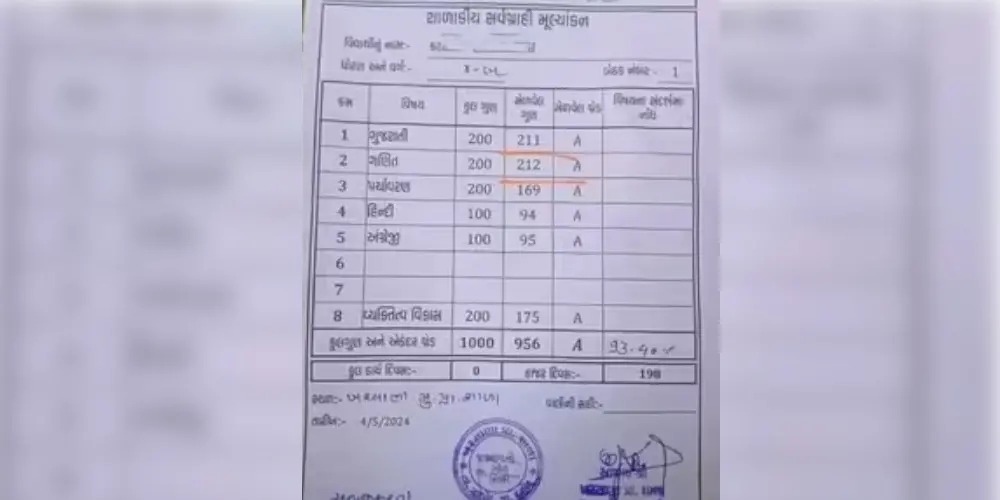
All such information is provided solely for convenience purposes only and all users thereof should be guided accordingly. For information pertaining to the registration status of Kovar Wealth Management, please contact the state securities regulators for those states in which Kovar Wealth Management maintains a registration filing. Finance Strategists has an advertising relationship with many of the companies included on this website. We may earn a commission when you click on a link or make a purchase through the links on our site. All of our content is based on objective analysis, and the opinions are our own.
Internal financial statement users may need to know about the contingent liability to make strategic decisions about the direction of the company in the future. The key principle established by the Standard is that a provision contingent liabilities example should be recognised only when there is a liability i.e. a present obligation resulting from past events. Pending lawsuits and product warranties are common contingent liability examples because their outcomes are uncertain.
IAS 37 Provisions, Contingent Liabilities and Contingent Assets
Contingent liabilities are a type of liability that may be owed in the future as the result of a potential event. The reason contingent liabilities are recorded is to adhere to the standards established by IFRS and GAAP, and for the company’s financial statements to be accurate. To simplify the definition, a contingent liability is a potential liability which may or may not become an actual liability depending on the occurrence of events. As a result, it is shown as a footnote in the balance sheet and not recognized in par with other components of financial statements. Two classic examples of contingent liabilities include a company warranty and a lawsuit against the company.

Our mission is to empower readers with the most factual and reliable financial information possible to help them make informed decisions for their individual needs. At Finance Strategists, we partner with financial experts to ensure the accuracy of our financial content. Finally, during 2019, the company incurred $35,000 of warranty expenditures related to these printers. The matching convention https://www.bookstime.com/articles/straight-line-depreciation requires the recording of the expense in the period of the sale, not when the repair is made. The deliberate decision by the management team of a company to conceal (or downplay) a significant risk engaged in a breach of their fiduciary duty to act in their “best interests”. To elaborate upon the prior section, the different types of contingency liabilities are described in more detail here.
Remote
The liability would be considered a short-term liability if the expected settlement date is within one year of the balance sheet date. If it is beyond the one year point, the liability would be considered a long-term liability. The amount that the company should accrue is either the most accurate estimate within a range or– if no amount within the potential range is more likely than the others– the minimum amount of the range. According to the full disclosure principle, all significant, relevant facts related to the financial performance and fundamentals of a company should be disclosed in the financial statements. For probable contingencies, the potential loss must be quantified and reflected on the financial statements for the sake of transparency.
- It would record a journal entry to debit legal expense for $1 million and credit an accrued liability account for $1 million.
- These types of contingencies usually include pending litigation and guarantees of indebtedness that exist when a company guarantees the collectability of a receivable that it has discounted at the bank.
- Initially, when the customer had reported it to, the company refused to accept the claim and therefore, the customer has filed a legal claim against them.
- If any potential liability surpasses the above two provided conditions, we can record the event in the books of accounts.
- The chance of the future event that will trigger the liability should be likely and the amount of liability can be measured properly.
Nevertheless, generally accepted accounting principles, or GAAP, only require contingencies to be recorded as unspecified expenses. Under the generally accepted accounting principles (GAAP), contingent liabilities are recorded as actual liabilities only if the potential liability is probable and its amount can be reasonably estimated. If a loss from a contingent liability is reasonably possible but not probable, it should be recorded as a disclosure in the footnotes to the financial statements.








